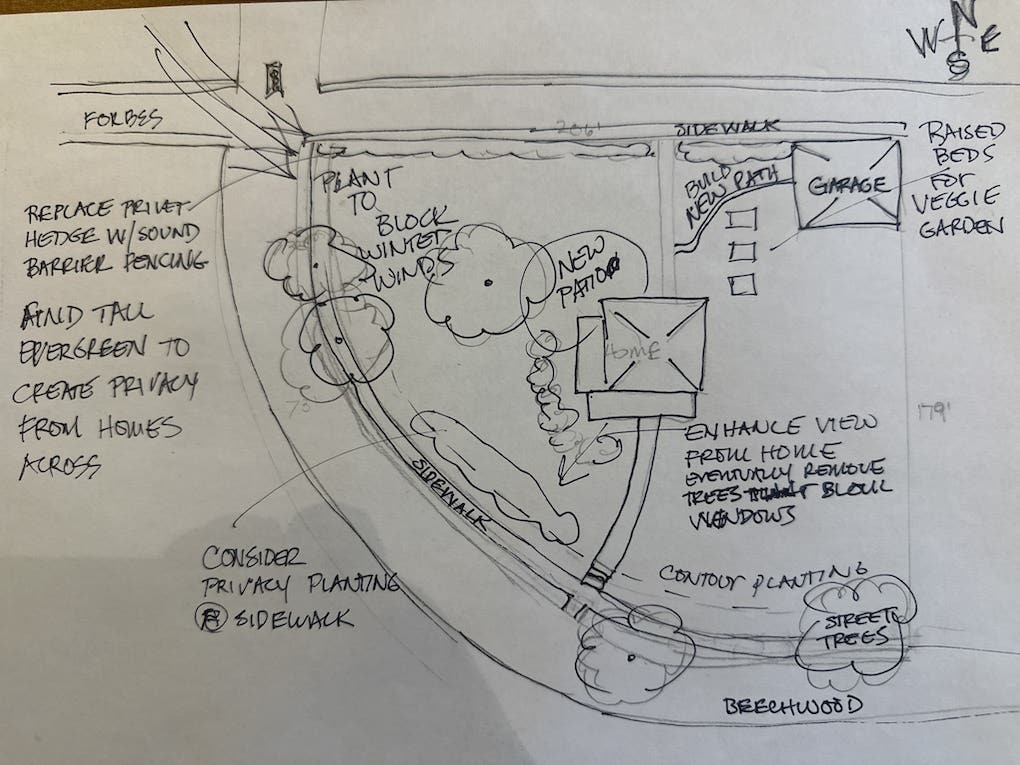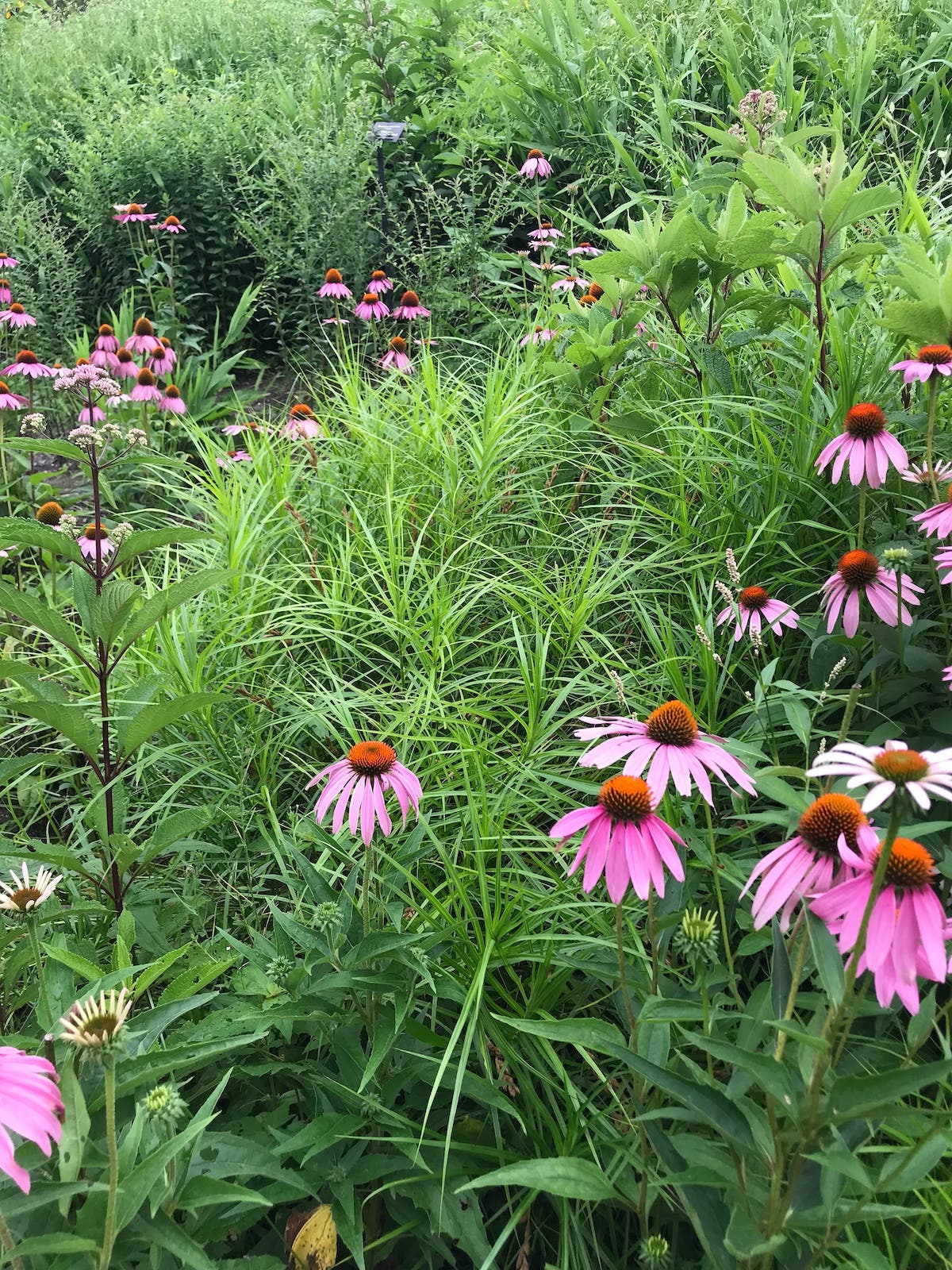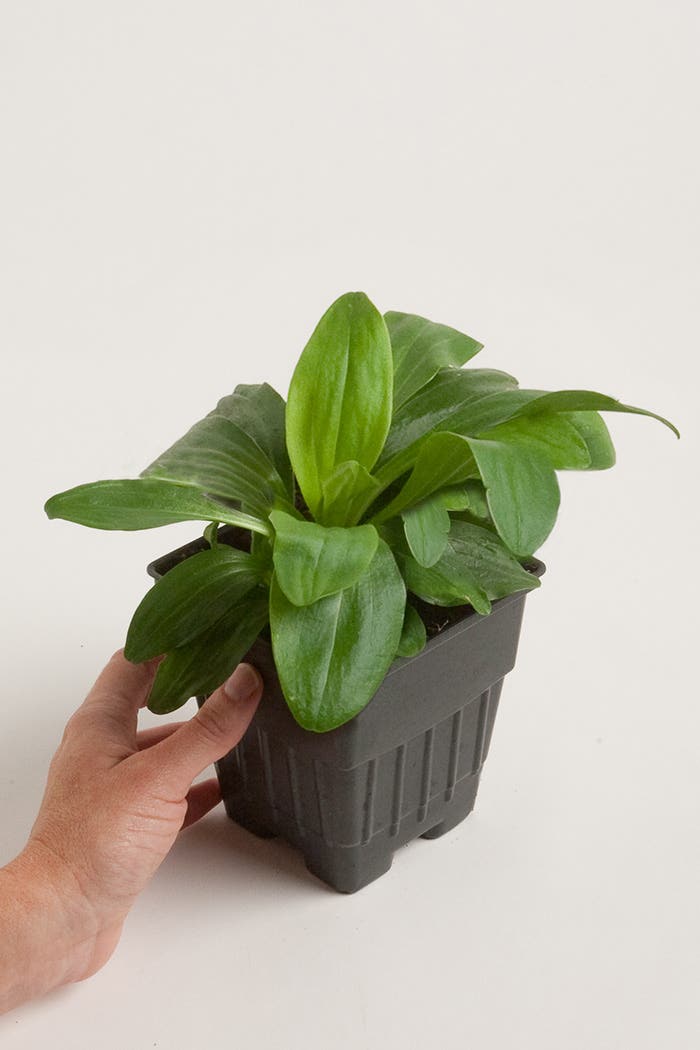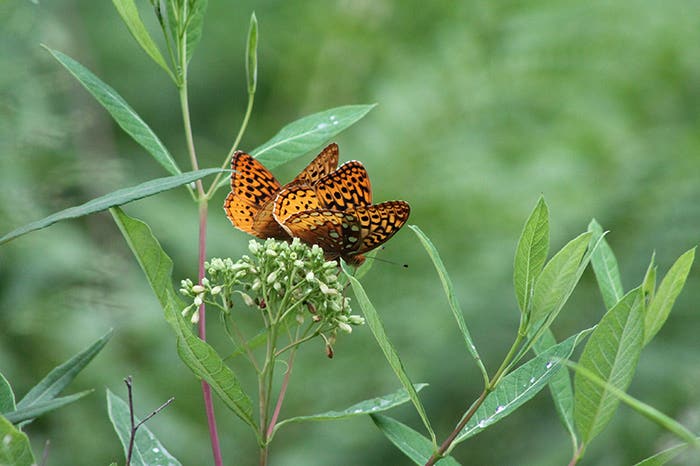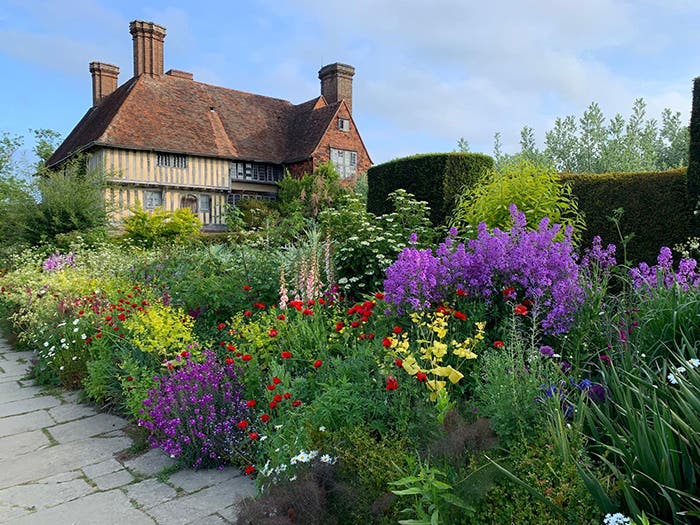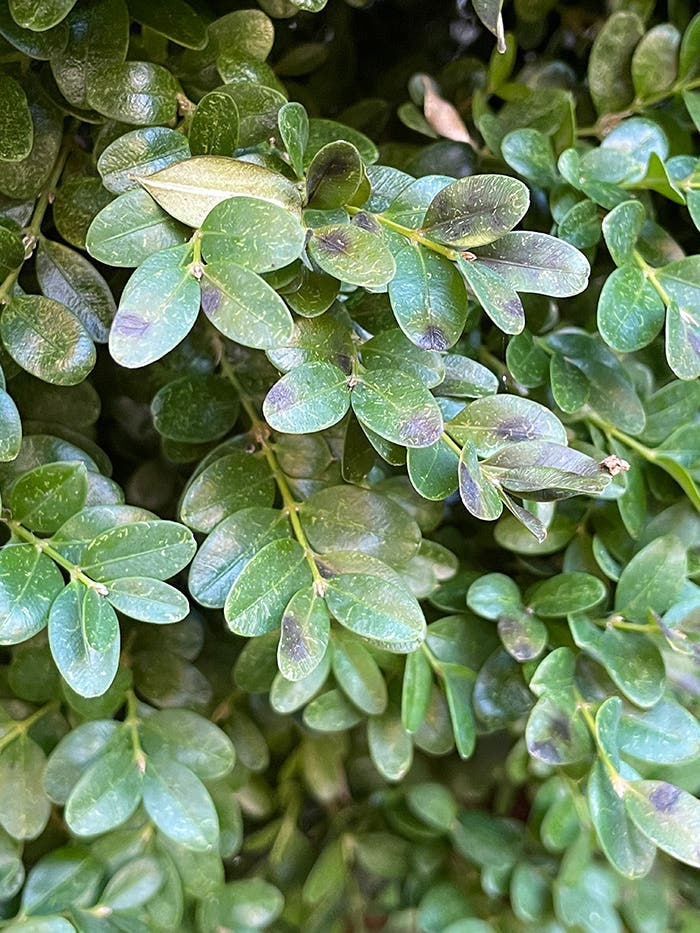Gardening Basics 2: Your Garden’s Soil Type
Learn why soil type matters and how to determine it.
Like people, plants prefer living in certain conditions; in the wrong conditions they become stressed. And as with people, too much stress on plants leads to poor health, reduces vigor and opens a door to pests and diseases. Although some resilient plant species can adapt to less than ideal situations, most face a struggle for survival when placed in the wrong garden location. (Read about plant adaptations here.) This post, the second of three in a series, explains types of soil and how to determine which one you have.
Key Condition #2: Soil Type
In many cases your garden’s soil type comes predetermined, unless you install raised beds or take on the task of changing your soil by regularly amending it.
Garden soil type is important because it affects how well the soil holds water and nutrients. This in turn determines which plants will do well in your garden.
The basic soil types are clay, loam and sand. Clay soil is characterized by being heavy, holding a great deal of water and nutrients, draining poorly and hardening during dry spells. Light, loose sandy soil drains quickly, but this rapid drainage leaches nutrients. Loam possesses a Goldilocks mix of fine and coarse particles, which means good drainage while still retaining nutrients. Your soil may also be a mix of types, such as sandy loam.
The difficulty with soil type is that plants rarely come with tags letting you know what soil they prefer (although many garden species will do well in loam). While you may be tempted to grow anything that catches your eye, a healthy garden requires evaluating soil type before planting time, and selecting plants that will thrive in the moisture and nutrient conditions that your soil type creates.
Plants placed in clay soil must be able to handle a wide variety of moisture conditions – from super soggy to bone dry. Plants intolerant of clay can develop root rot from excessive moisture, and they will have trouble extending their roots deep into this dense soil. This shallow root system leads to unstable plants that can tolerate neither dry nor wet conditions.
Likewise, clay-adapted plants in sandy soil will quickly dry out and, as the roots delve deeper looking for moisture and nutrients, the plant will fail to develop lush aboveground growth.
The solution is to understand your soil type and either choose plants adapted to it, amend it with regular applications of compost or grow plants in containers or raised beds filled with the soil that they need.
You don’t need a degree in geology to determine your soil type. Just perform this simple soil test:
1. Pick a time when the weather has been mild and dry for about a week and when rain isn’t predicted for the next 24 hours.
2. Soak a 12-by-12-foot section of a garden bed with water. If your soil varies across your garden, test several areas at once.
3. Leave your test area uncovered and undisturbed for 24 hours.
4. Scoop up a small chunk of soil, squeeze it in your hand and note what happens. If you are left with a ball of dirt that mostly holds its shape (and may still be wet), you have clay soil. If you can make a ball that holds together but crumbles when you brush your fingers over it, you have loam. If the soil crumbled out of your hand as you squeezed it, you have sandy soil.


